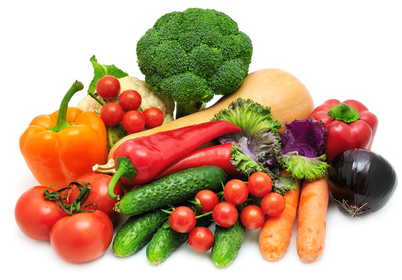An executive summary of the 2022 CPS Symposium (June 21–22 in La Jolla, CA) was published by the Center for Produce Safety (CPS). Relating to Cyclospora testing, it is essential to understand the limitations of the test. No single DNA-based testing method can currently discern C. cayetanensis from other genetically related parasites commonly found in growing environments. Confirming presumptive PCR-positive tests using multiple C. cayetanensis-specific mitochondrial or nuclear genetic sequences is essential. The importance of biofilm formation was emphasized. Rough, porous surfaces on equipment offer Listeria monocytogenes (Lm) and other microorganisms to create biofilms that permit them to survive cleaning and sanitation and even grow in the production environments. A new tool to permit better temperature control. Infrared cameras integrated into a cell phone permit reliable, non-contact, non-invasive, real-time measurement of core and surface product temperatures. New concepts include using blue LED to inhibit the growth of L. monocytogenes and using bacteriophage mixture to reduce the presence of L. monocytogenes on products. Other technologies include a mechanism that may make wash water sanitizers more effective in wash systems and the utilization of cold plasma for disinfecting wash water. @ https://www.centerforproducesafety.org/amass/documents/document/743/2022%20CPS%20Symposium%20-%20Executive%20Summary.pdf
2022 Center for Produce Safety symposium Key learning points
No comments

